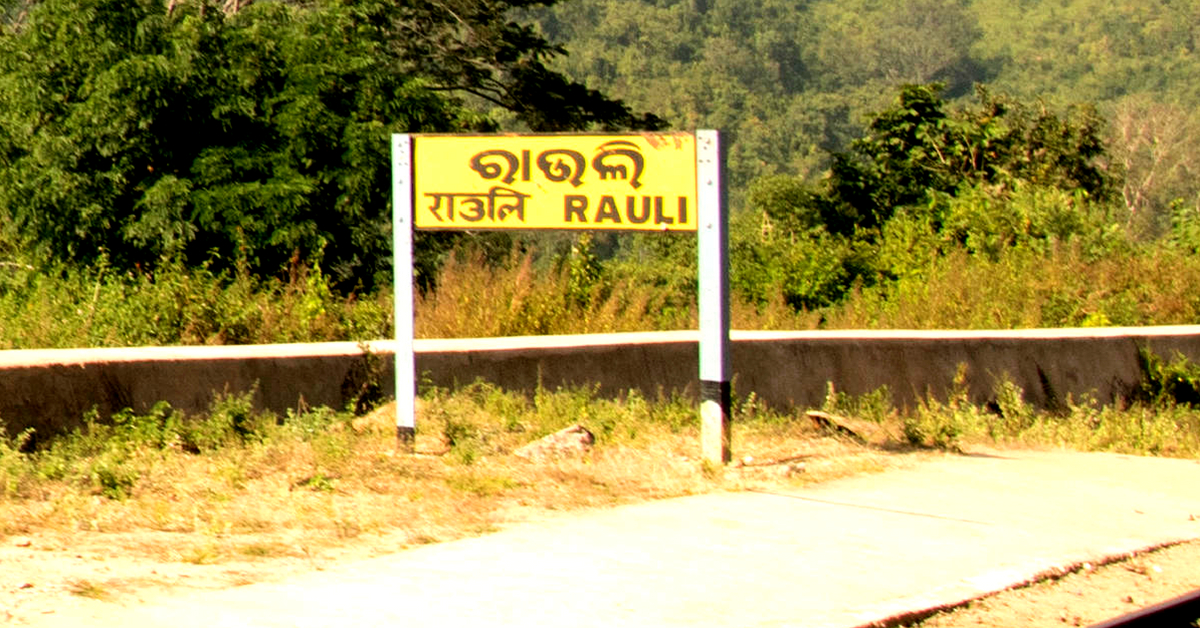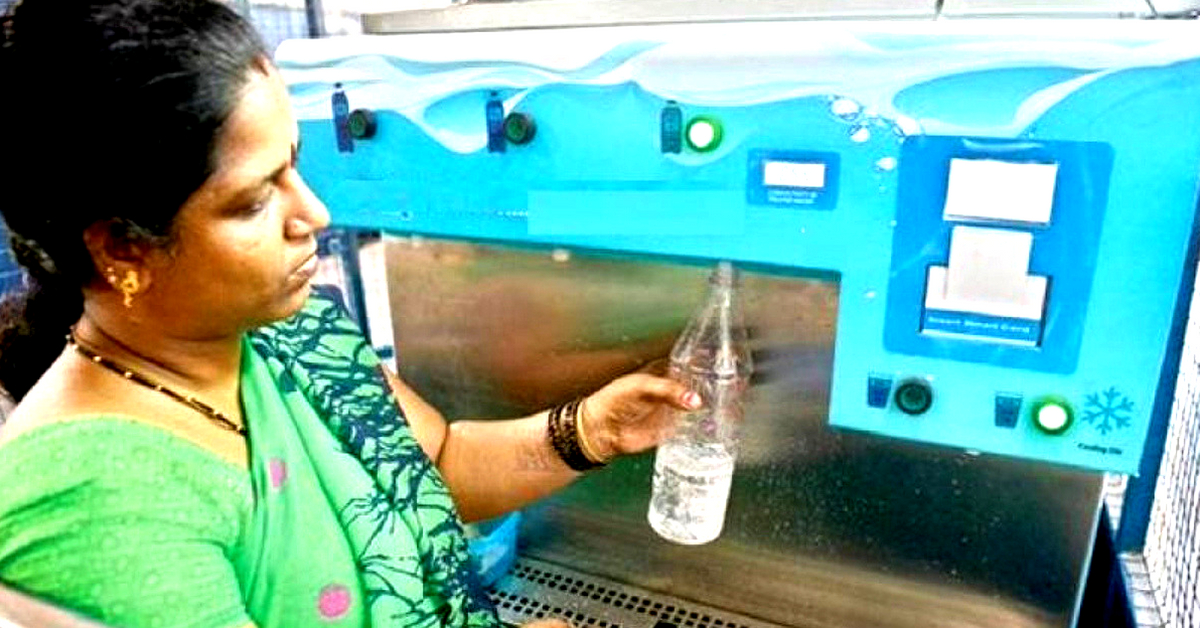If you are someone who frequently travels in trains, you will know that the Indian Railways does have issues with water—more specifically its scarcity in railway stations.
During summers, taps run dry, and water is hard to come by in both rural and urban areas. Finding and maintaining a constant, sustainable source of water is very difficult, especially in far-flung areas, where the rugged terrain makes it difficult to dig. That is precisely what happened in Odisha.
Rauli, a small, hilly, tribal-dominated area with uneven terrain, is located in Odisha’s Rayagada district, on the Koraput-Rayagada single line.

It lies at a distance of 460 km from Odisha’s capital, Bhubaneshwar. The steep terrain proved it almost impossible to drill, and a regular source of drinking water could not be established.
In order to solve this predicament, the Railways looked towards the air, literally!
Speaking to PTI, Mr JP Mishra, the Chief Public Relations Officer of the East Coast Railways, said that the station would use atmospheric moisture extraction technology, and pass it over a condenser, turning the vapour into water, due to the heat exchange. The machine to be used for this process works at a low humidity level of 50%, has an ambient temperature of 32-35 degrees Celsius, and is capable of harvesting 120 litres of water a day.
The machine was installed at the station on April 25th, and the suggestion for getting water from the air was suggested by the ECoR General Manager, Mr Umesh Singh, who also spoke of the atmospheric moisture extractor to harvest water. Mr JP Mishra is optimistic about this sustainable method of collecting water and hopes to replicate this in other stations.
The machine, costs ₹2 lakh, and can be implemented across stations in India that face a similar problem.
Incidentally, the More Market Complex railway station in Chennai, first adopted this measure of harvesting water from air. The running room, at My Lady Garden, has an Atmospheric Moisture Extractor, that was installed in July 2017, at a cost of ₹1.99 lakhs. This machine also works on the same principle. It draws air from the atmosphere, and passes it through a cold space where vapour is transformed into water due to heat exchange. This model also churns out 120 litres of water a day.
You may also like:- Good News! Indian Railways to Get 700 Unreserved Coaches with Snazzy Features!
The Rauli station was earlier dependent on a stream, but its water was found to be unfit for human consumption. This new machine has solved the station’s water woes, according to Mr JP Mishra, who also is keen to offer expertise to other government organisations for the larger national interest.
(Edited by Gayatri Mishra)
Featured Image Credit: PIB.
Like this story? Or have something to share? Write to us: contact@thebetterindia.com, or connect with us on Facebook and Twitter.
NEW: Click here to get positive news on WhatsApp!
If you found our stories insightful, informative, or even just enjoyable, we invite you to consider making a voluntary payment to support the work we do at The Better India. Your contribution helps us continue producing quality content that educates, inspires, and drives positive change.
Choose one of the payment options below for your contribution-
By paying for the stories you value, you directly contribute to sustaining our efforts focused on making a difference in the world. Together, let's ensure that impactful stories continue to be told and shared, enriching lives and communities alike.
Thank you for your support. Here are some frequently asked questions you might find helpful to know why you are contributing?

